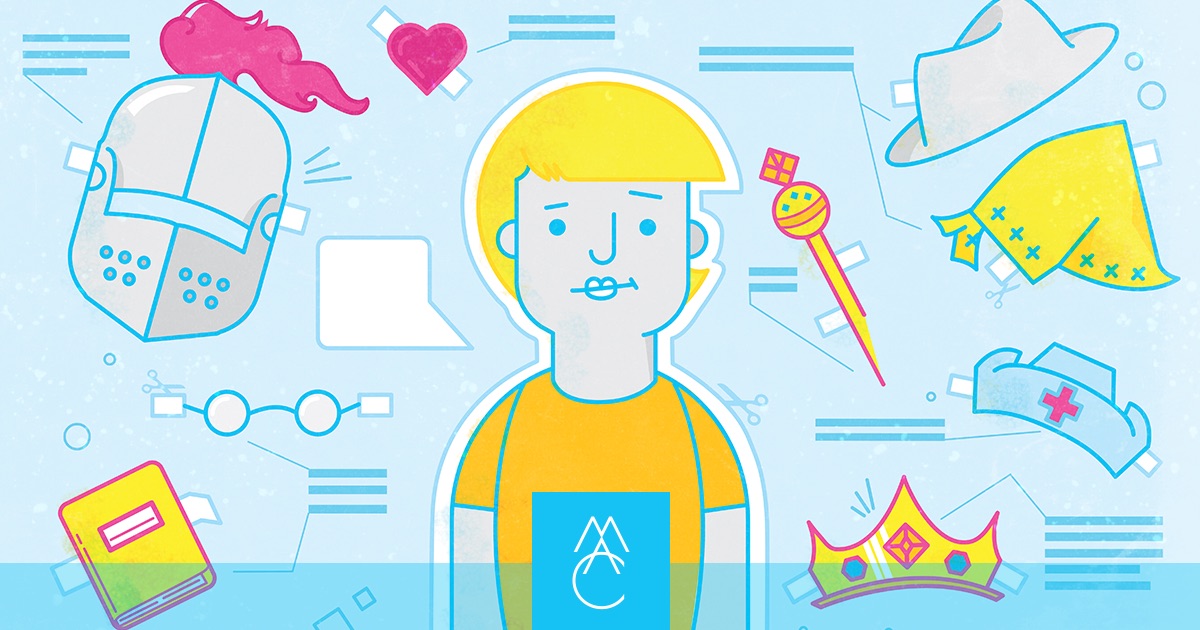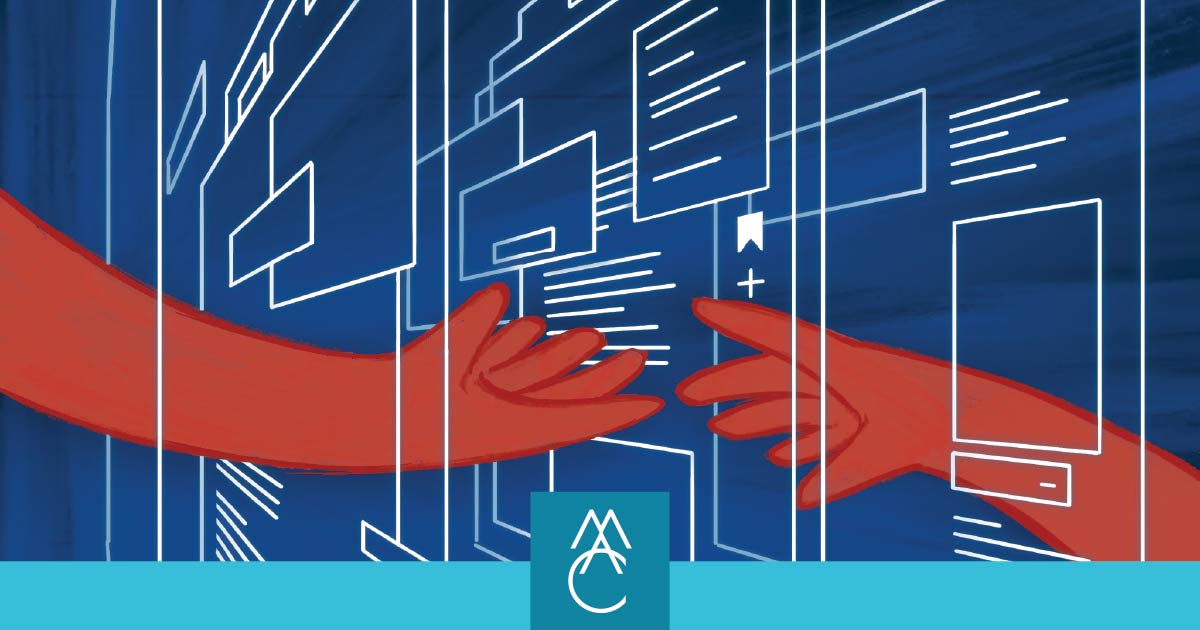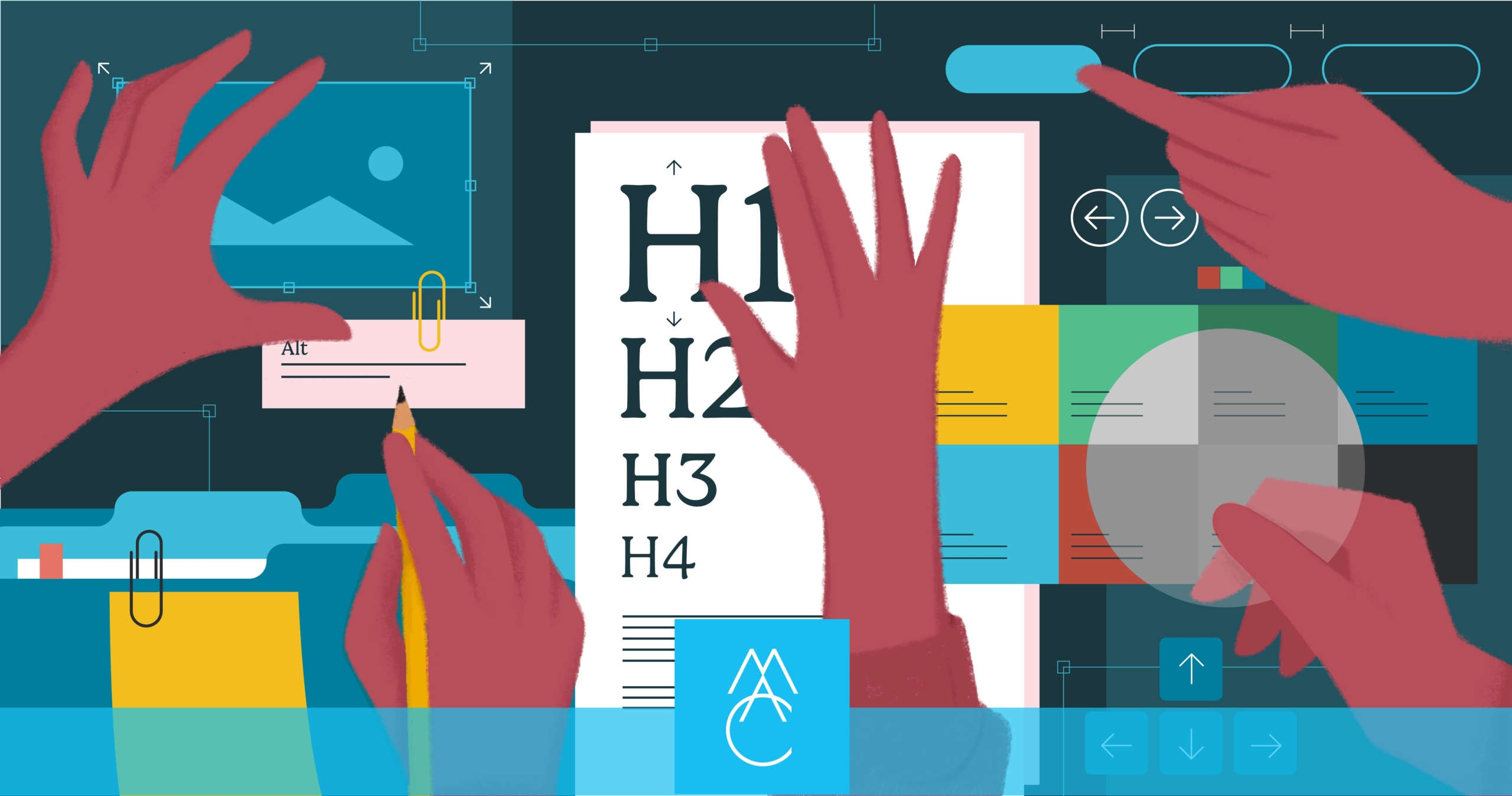
How to communicate your story and make it unique
Let’s face it. There are a lot of businesses out there that are doing pretty much the same thing you are.
Differentiation is a perennial challenge. As Shawn Porat of Fast Company pointed out, “You may wonder if it’s even possible to be unique in this day and age. After all, haven’t the global economy and Internet created a situation where everything is endlessly duplicated?”
Short answer: yeah. They have. That said, differentiation is indeed possible, especially when you harness the power of storytelling — so let’s talk about what you can do to craft a unique story to set your brand apart.
First, let’s look at that word unique
Contrary to popular usage, “unique” doesn’t mean special, or great, or interesting. It’s not a value judgement. Unique means, rather, the only one of its kind (for better or worse). It means that in all the world — the universe, even — no one else, and nothing else, is quite like it.
“The lead car is unique, except for the one behind it which is identical.”
— Murray Walker, motorsport commentator
It goes without saying that when working to differentiate your brand, you want to present yourself as unique. You’re not one among many. No way. You’re the only best source for the specific offering that your target market is trying to find. To deliver on that promise, though, you have to ask yourself an uncomfortable question.
Are you, though?
Wanting to be unique — and telling everyone that you are — is not unique at all. Everyone’s doing it. And if it’s not true, it’s not going to get any traction.
The good news is that the solution is not simply to shout louder. In a world of people screaming, “I’m unique, I’m unique!” the first step to demonstrating how you’re different is to understand how, in truth, you actually are. Which brings us to your USP.
Your unique selling point
What do you offer? What do you do best? You’ve probably thought up some answers to these questions already. But if you want to differentiate, you’ve got to push the questions a little further.
- What are you already doing right now that no one else is doing?
- If the answer is honestly “nothing,” what could you start doing now that no one else is doing?
- What are your clients or customers looking for that none of your competitors happens to offer?
Make no mistake, the goal here isn’t to figure out what you do better than anyone else. It’s to identify what you do best that no one else is doing at all.
Drawing a blank?
That’s a normal feeling: push through it. Porat offered a few worthy suggestions to get you started.
Also, bear in mind, your USP doesn’t have to revolve around your product. Fifty years ago, according to Gallup research, brands differentiated themselves mainly on product performance, but that’s not so true anymore. For example, a Deloitte survey identified “customer experience” as a key differentiator among 62 percent of organizations that participated.
So be prepared to think outside the box. Your USP may be the products or services you offer, but it may not. It may be the attitude you bring. It may be the customer experience you deliver, or the speed at which you innovate. Find one solid answer; then ask yourself, “Can I build a story around this?”
You know you’ve found your differentiator when you no longer have to shout to be heard over others, because no one else is saying what you’re saying. The moment you’re there, voilà. You’re unique.
Now how to communicate it?
When you yourself are clear on what makes you unique — why and how you actually are unlike any other — it becomes much easier to talk about it. Instead of wearing out your megaphone with empty words, you can pause, collect yourself and send a targeted message that resonates with people because (what do you know!) it’s true.
That’s not to say the story will tell itself, however. Knowing how you’re different is the first step to building a differentiating message, but it’s only the first step. Next, you’ll need to craft a story that highlights your individuality, positioning your brand as the solution your audience has been searching for. This is a challenge that our team at Madison Ave. Collective handles for clients all the time, and one of the most compelling ways to engage it is through the filter of archetypes.
Let’s talk about archetypes
In a brilliant post published last year over at Moz, Gianluca Fiorelli gave a primer on what archetypes are and how you can put them to work for your brand. It’s well worth a read, so go ahead and bookmark this link for later.
In the meantime, quick summary. Carl Jung described archetypes as forms that appear in stories (and human minds) across the globe. Stories are powerful stuff. We humans have relied on them for millennia to communicate, connect, preserve knowledge and make sense of the world. We’ve used them, too, to evoke change: to shape consciousness and drive behavior.
Archetypes are simply the broad-brush characters that drive a story. The question is, which archetype do you want to be?
You get to decide which story you’re telling
Here are twelve archetypes that Jung identified.
- Child (innocent)
- Orphan (everyman, regular person)
- Hero (warrior, victor, champion)
- Caregiver
- Seeker (explorer)
- Lover
- Destroyer (outlaw, breaker of boundaries)
- Creator
- Ruler (king, queen)
- Magician (one who transforms the world)
- Sage (wise one, old soul)
- Fool (jester, trickster)
Whenever one of these archetypes shows up in a story, it’s familiar on a gut level whether you’ve seen it before or not. Therein lies its power. When you align your brand with an archetype, you tap into a strategy that has potential to reach your audience in a deep, under-the-skin, non-rational way.
Fiorelli offered a terrific analysis of twelve major brands that do so effectively, with ad campaign examples to demonstrate each. For a more complete reference, here’s a cross-section of each archetype, compiled from the work of Carol Pearson, Ph.D. If neither of those summaries works for you, here’s another.
Where to go from there
Here’s where it gets fun. Remember your unique selling point, the thing that makes your business unlike any other? Ask yourself this: what role does that offering play in the life of my ideal client or customer, and which archetype best describes that relationship?
- Are you empowering your customer to be a creator — to start a project, discover a new identity or realize a vision?
- Do you provide them with tools to transform their world like magicians?
- Are you a caregiver to your audience: helping, empathizing, healing, nurturing?
- Do you have an irreverent brand voice that subverts convention like a jester?
- Do you encourage your customer’s inner outlaw to push limits and defy expectations?
Your business, your audience and your unique selling point intersect somewhere. It’s up to you to identify where, and to figure out which archetype describes that intersection best. Once you’ve decided how those three forces relate emotionally, you have the building blocks to put that relationship in the context of a story. To show your audience that you know about the driving motivation they carry inside. To paint a picture of the conflict they face: the roadblock that stands in their way. To help them overcome it in a way that only you can do.
In other words, you can craft a story that sets your brand apart.
Now, if you’re thinking that this process sounds completely daunting, you’re not wrong. There’s a reason organizations hire experts to perform this type of deep storytelling work on their brand. Unfortunately, there’s just no shortcut to creating a powerful, resonant story that truly differentiates you.
On the flip side, there’s also nothing more exciting.
This article is also published on Medium.
More Resources
-

Article
The Challenge of Measuring Website Accessibility NeedsAccessible digital experiences are a legal and business necessity. Yet, many organizations grapple with the question: How many people with...
-

Article
Safeguard Your Investment: the 411 on Accessible DesignHow can an organization truly serve the public if they can’t reach the whole public? In the U.S., one in...
-

Article
How to Win Over Riders with a Better Digital Transit ExperiencePublic transportation keeps our cities moving, connecting people to their jobs, schools, and favorite hangout spots. As urban areas expand...



